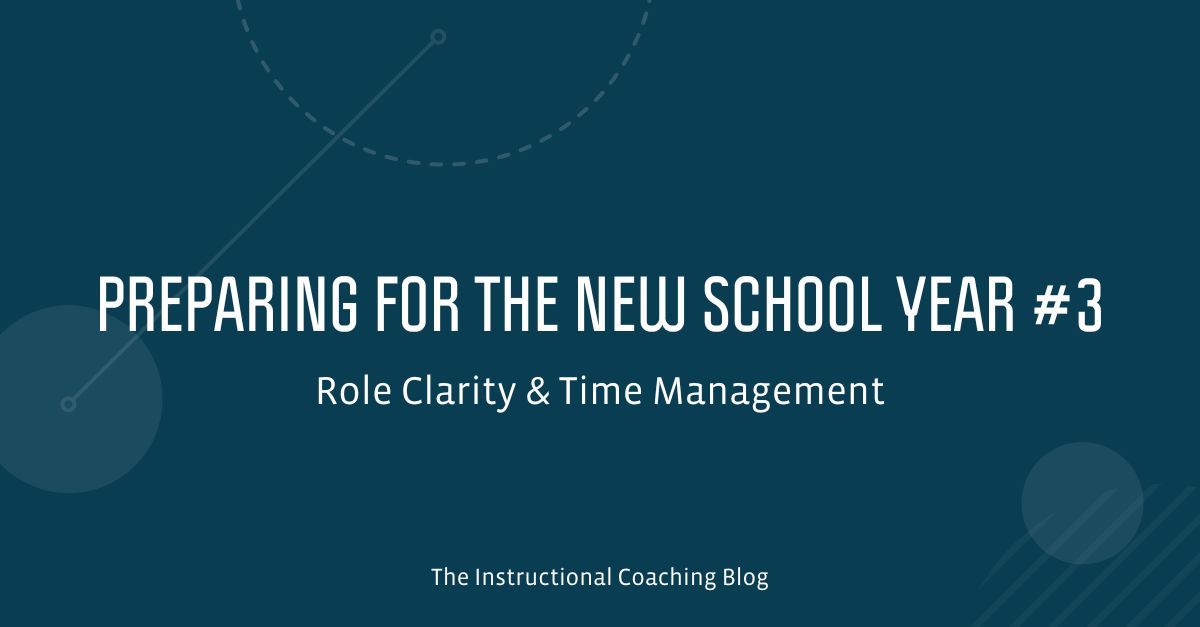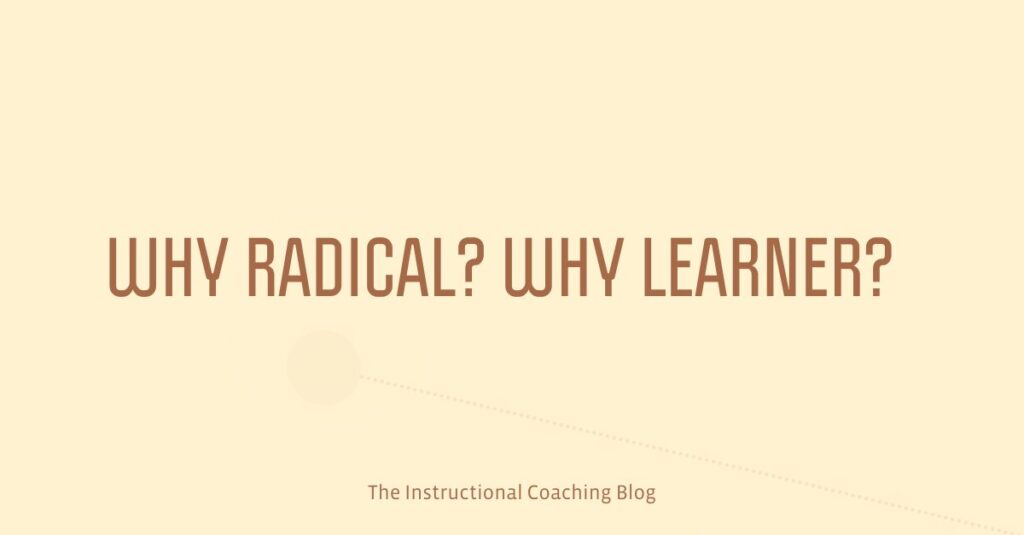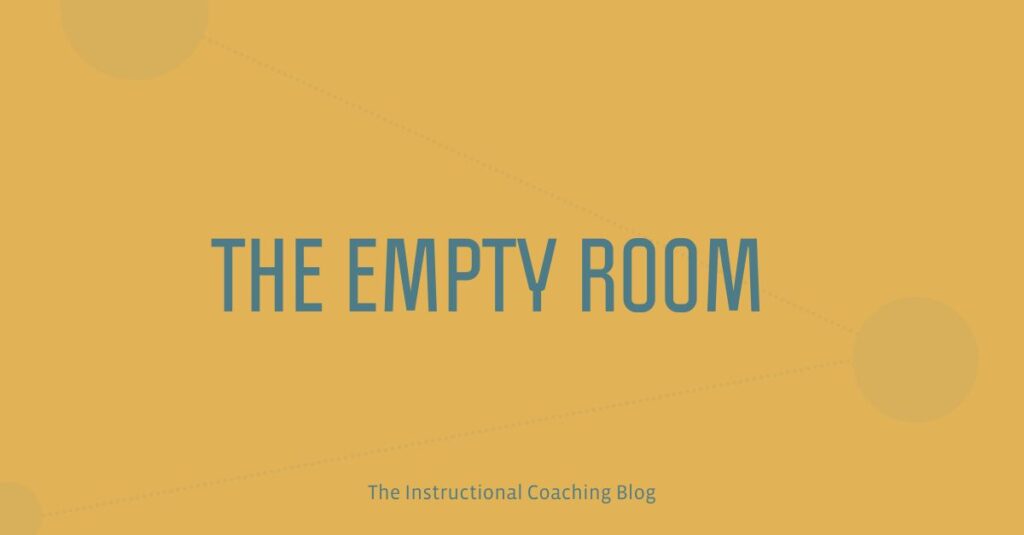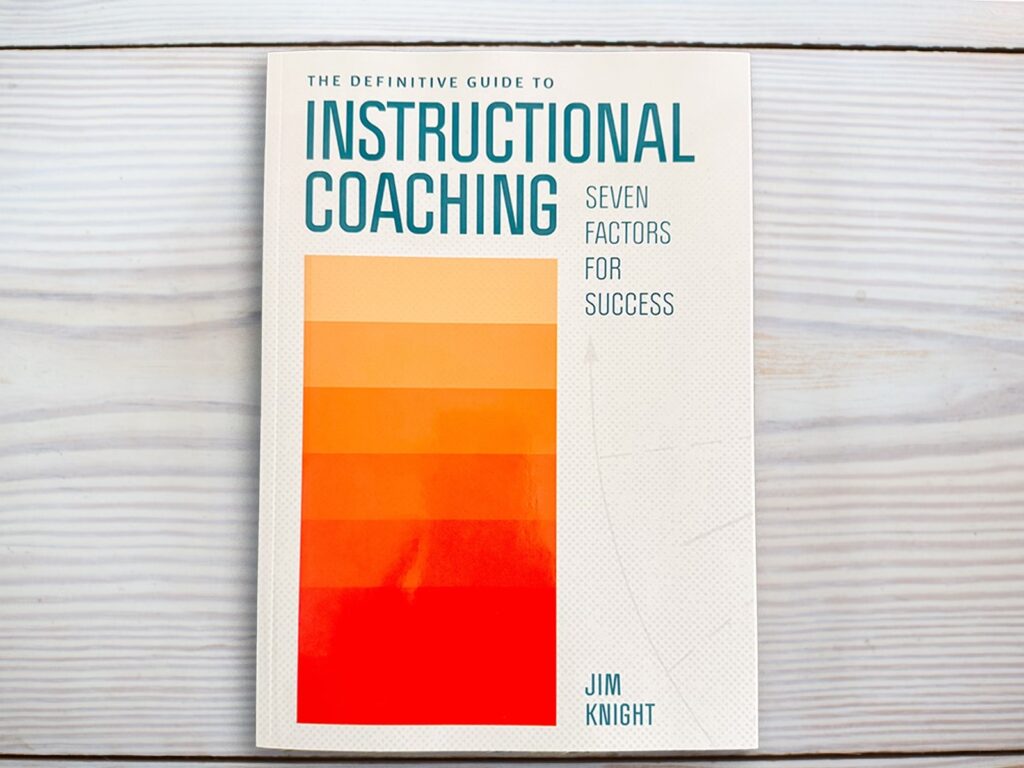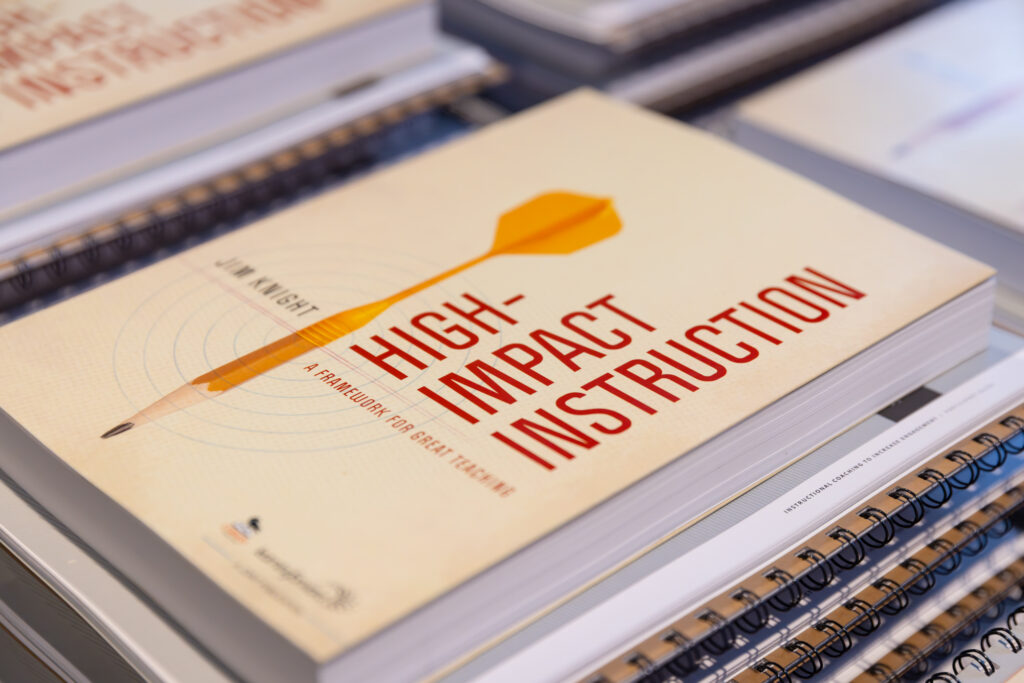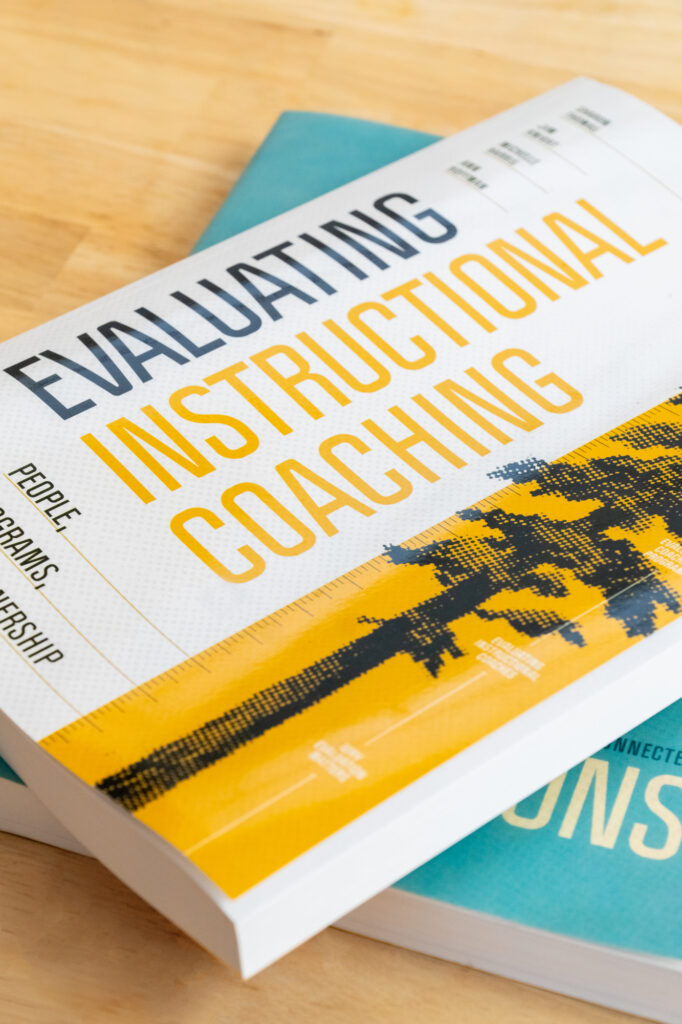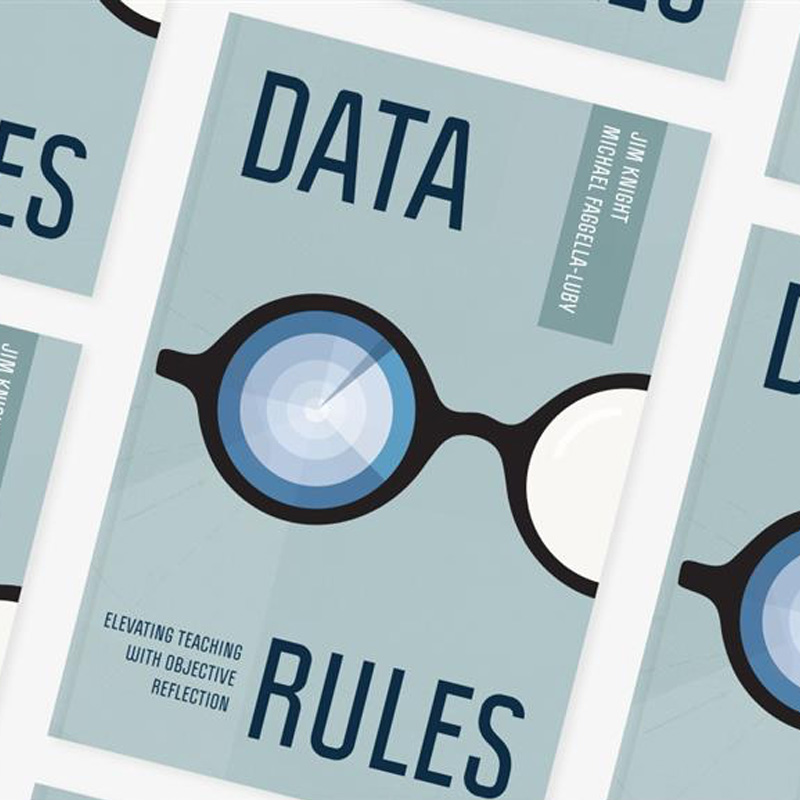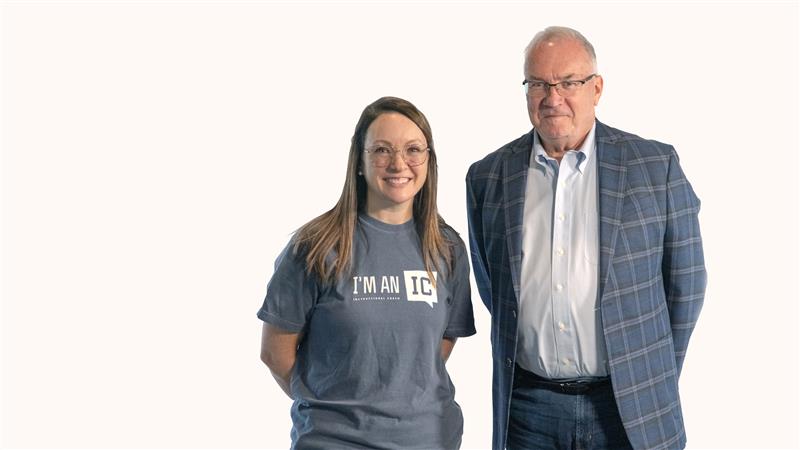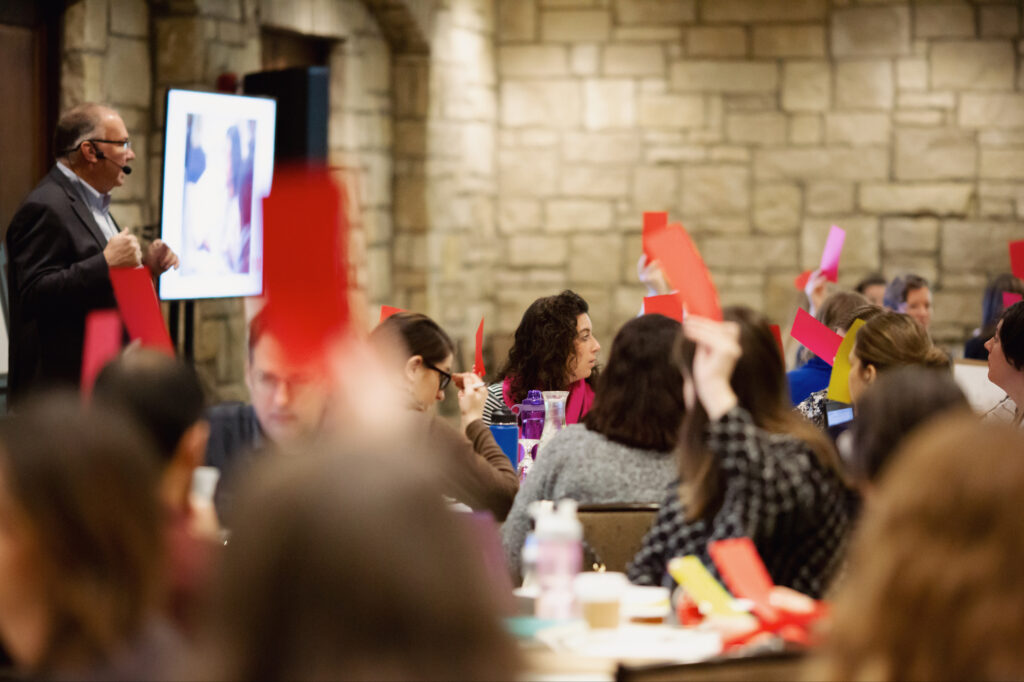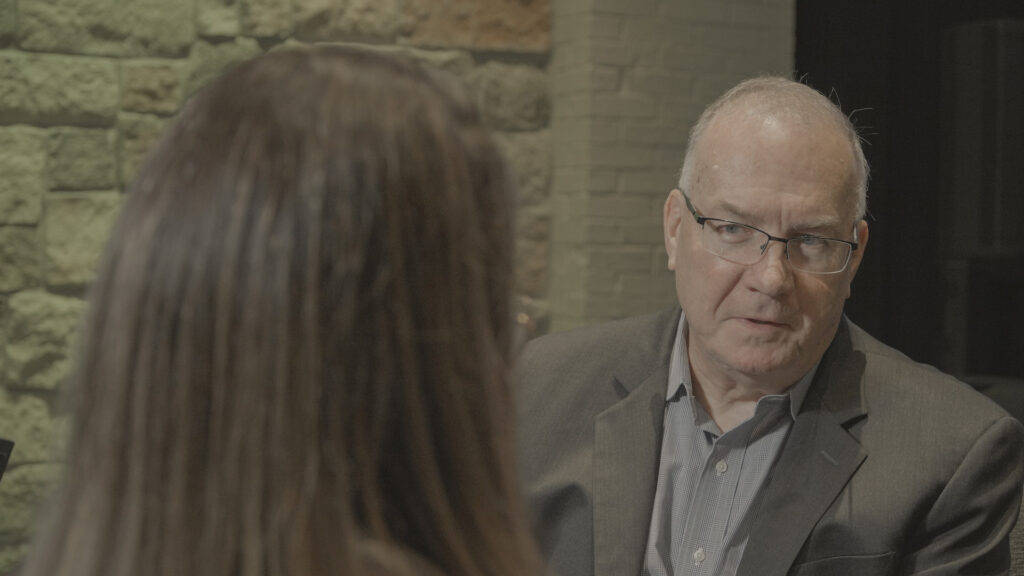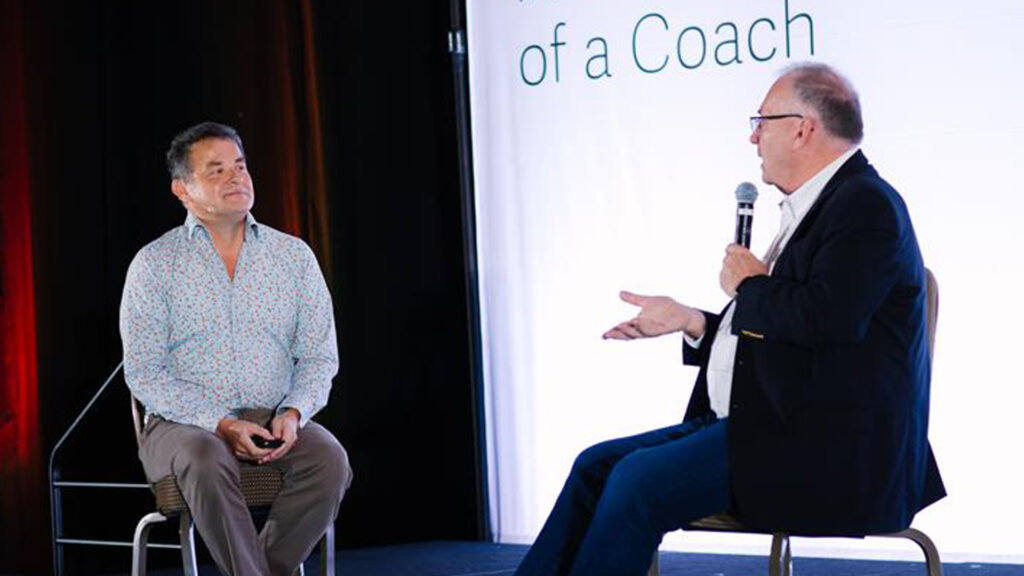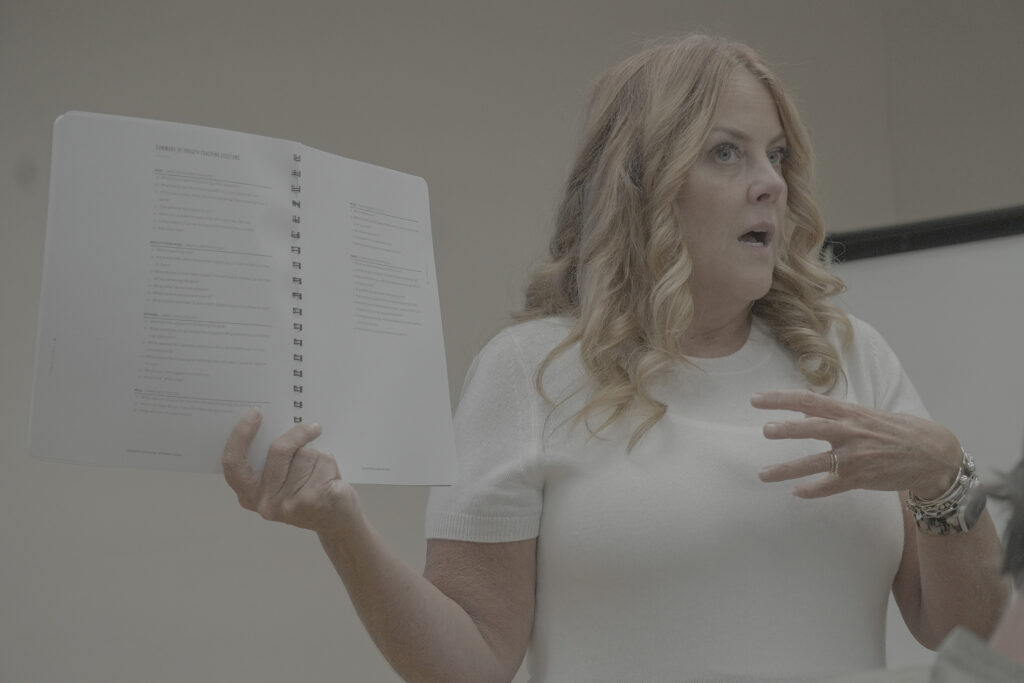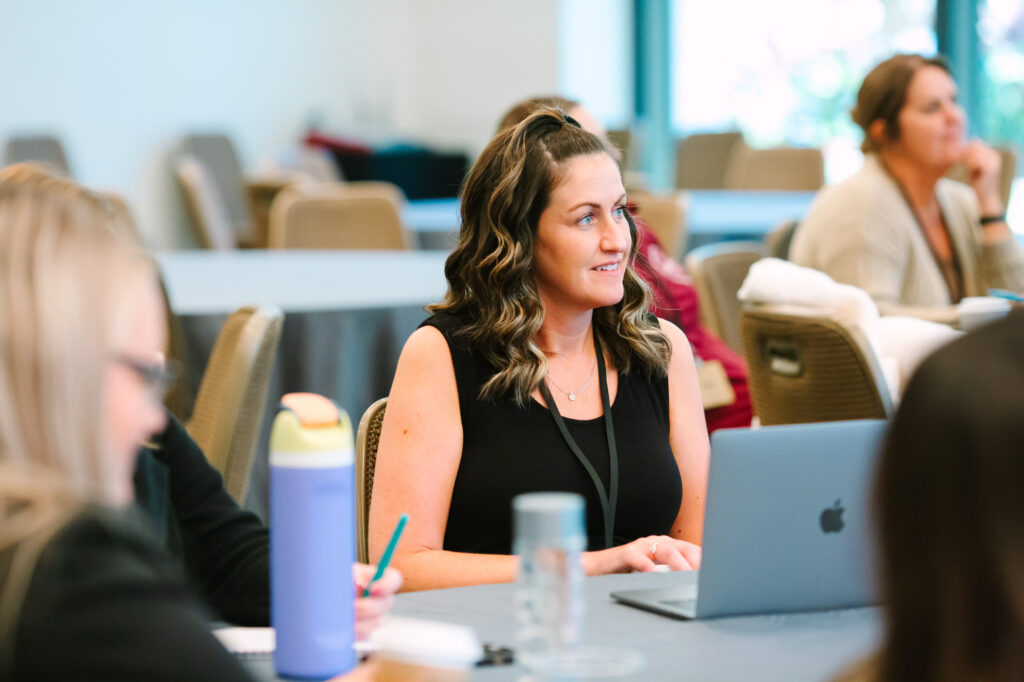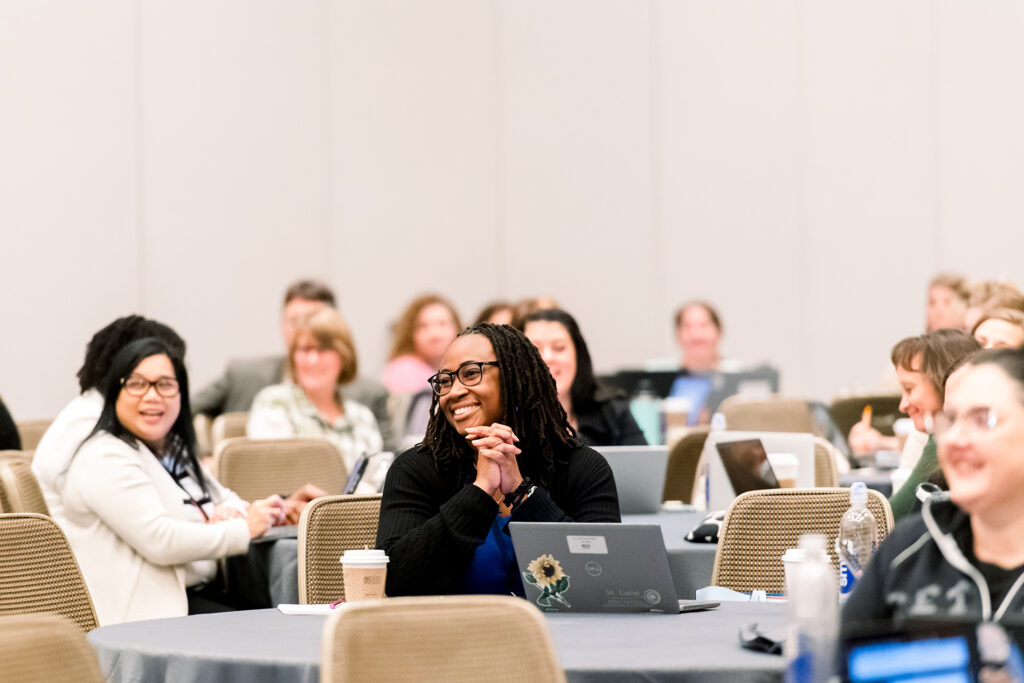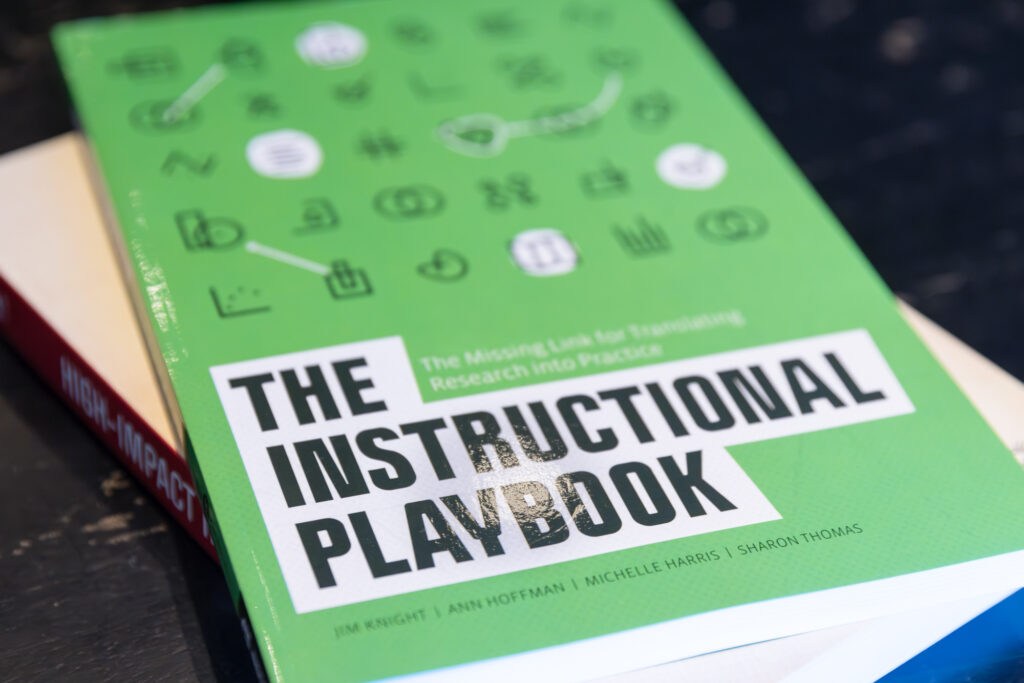As the first day of school arrives, we’re discussing some of the common challenges coaches face when starting a new year in our Preparing for the New School Year series. The first two posts in the series outlined strategies for enrolling teachers in coaching as well as how to use group presentations specifically for that purpose.
Beyond getting teachers onboard with coaching, one of the most crucial factors of a coach’s success is how clearly their role is defined within a school. During the past two years, we’ve surveyed over 300 coaches about their major obstacles to success, and more than 90% answered that time is their biggest hurdle. In a separate study of coaches within a major urban area, every single coach in the study struggled with role ambiguity within their districts and schools. To help ensure that coaches flourish and succeed, it is crucial to clarify their role and how they will use their time. This activity of establishing role clarity is part of one of the most popular workshops offered by ICG, called What Administrators Need to Know About Coaching.

Administrative Support for Coaches
The ‘What Administrators Need to Know About Coaching’ workshop outlines many different ways to provide support. At the top of this list is establishing role clarity and proper time usage for coaches. A focused discussion between an administrator and a coach at the beginning of the school year provides the perfect chance to lay out how a coach’s time will be spent and which specific tasks they will take on.
The use of a list of tasks, a time chart, and a time on task tracker can be extremely helpful to facilitate these discussions.
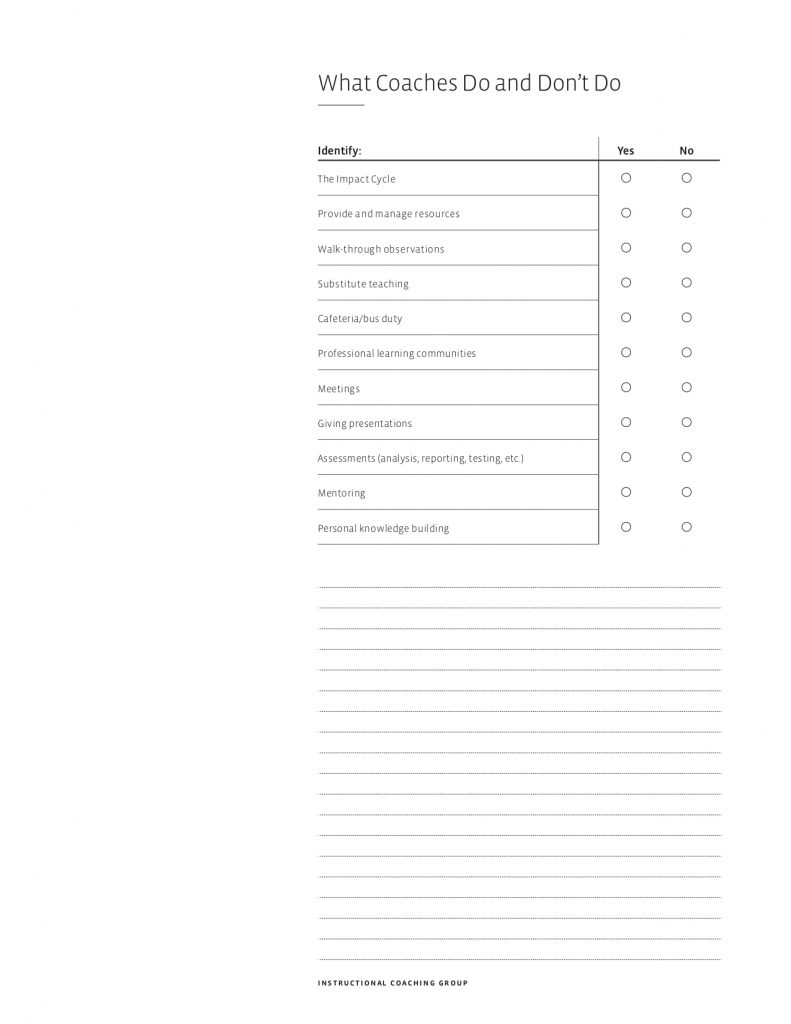
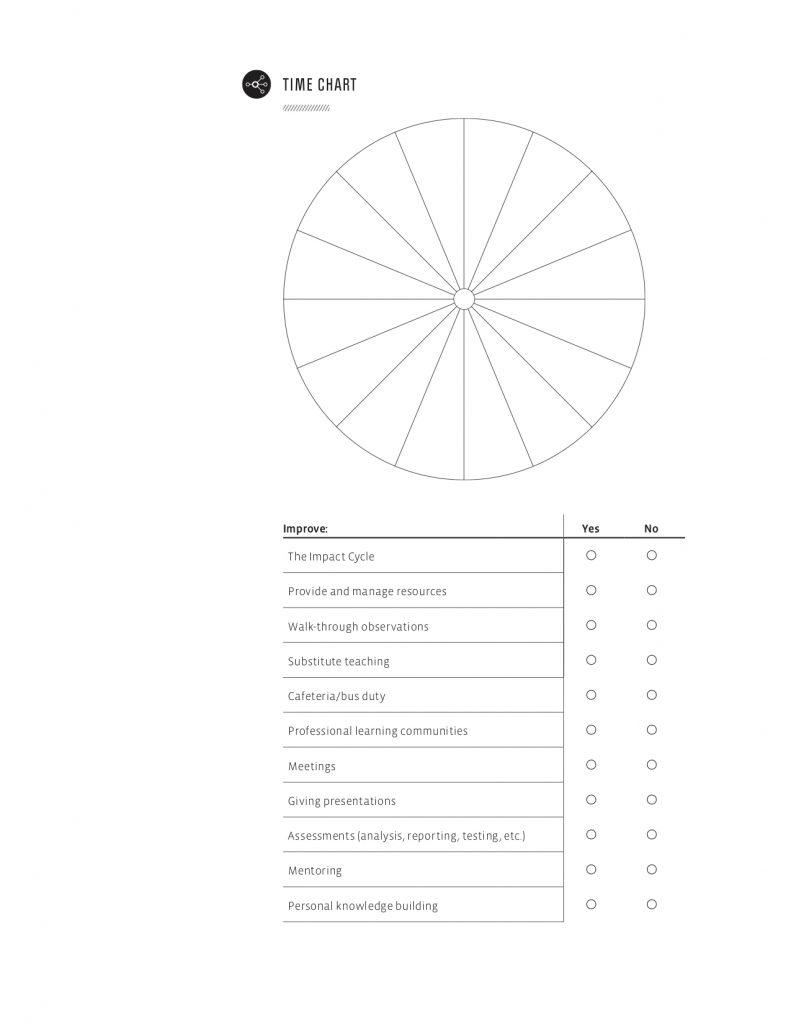
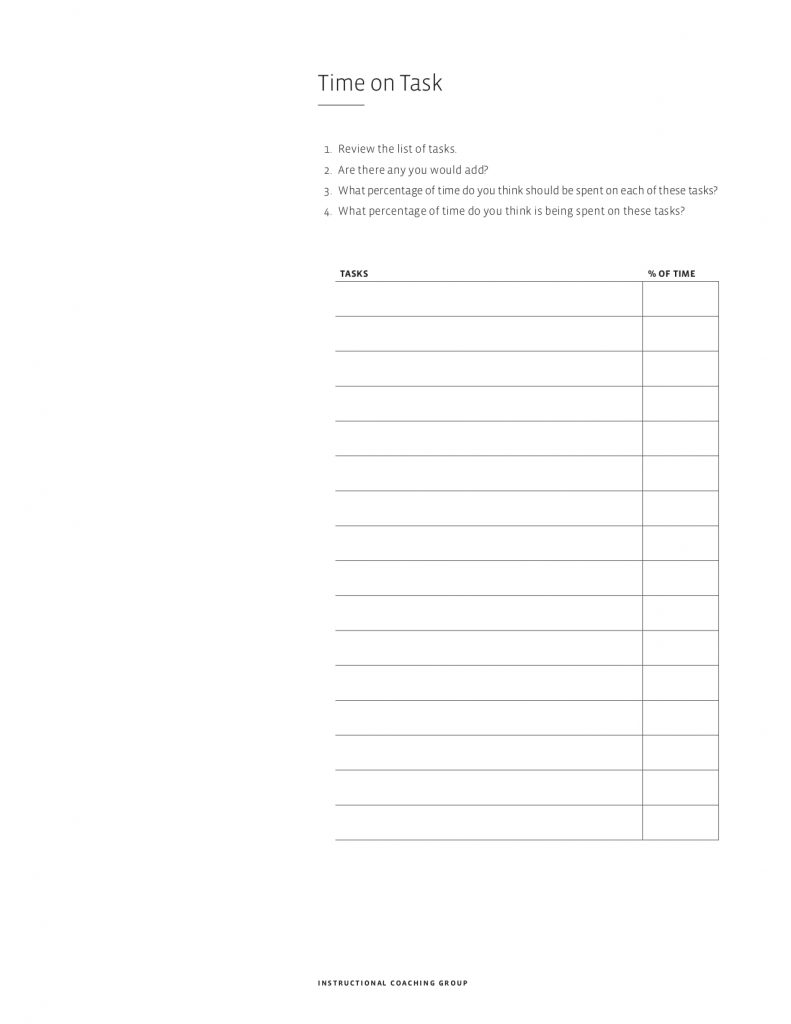
Time Management
Noted on our What Coaches Do and Don’t Do form, a coach’s tasks can be sorted into the following categories:
- The Impact Cycle
The coaching process should be the main focus and the bulk of a coach’s work. This is what facilitates improvement and has the largest impact on teacher and student success. It should encompass at least 60-70% of a coach’s time.
- Provide and manage resources
Emailing resources like articles on coaching, hands-on activities found online, or other coaching resources can be useful as a strategy to enroll teachers in coaching. However, without actual participation in the coaching cycle and an explanation of how those resources fit into it, it may not be very helpful, and coaches may not even know if anyone is actually using them.
- Walk-through observations
This is when a coach visits a teacher’s classroom, using an observation tool, and shares their observations with the teacher. While this might offer some insights, coaches can end up being perceived more like administrators than partners, and teachers may be less candid or open with someone who is evaluating them than they would if the coaching process used a partnership approach. This task can also use a lot of time for not much impact.
- Substitute teaching
Sometimes in a crisis, a school will place a coach in a teaching role because they are deemed the best option in a tough situation. While this may be helpful in such emergency circumstances, using a coach as a substitute teacher should be a last resort because it will interfere with their coaching work. As a general rule, a coach should only substitute teach as often as the principal does.
- Cafeteria/bus duty
These tasks can strengthen solidarity and ensure coaches are considered part of the team because they are tasks that teachers are expected to do too. However, they can take up valuable time that could otherwise be used to have coaching conversations, so it is important to prioritize when considering these tasks.
- Professional learning communities
Coaches sometimes attend or lead a PLC, but they should only do so when they are actively sharing resources and helping learning happen, not to lead every meeting or simply to attend. PLCs should function on their own because they can take up to half of a coach’s time if they are used as a quick solution for a PLC that has not had the appropriate training to function independently.
- Meetings
Every professional – not just coaches or those working in education – is often expected to attend recurring meetings, but they should really only attend a meeting if they will either learn something that will increase their capacity to function in their role or if they will meaningfully contribute to the purpose of the meeting.
- Giving presentations
Giving presentations after school for teachers or others who are interested in specific topics can be beneficial because it compels the coach to acquire a deep understanding of the content and can even help enroll people in coaching. Though it is important to be cautious about giving workshops that are compulsory for the staff because it may cause resentment.
- Assessment
Coaches may find themselves involved in assessment, but it can use a massive amount of their time. Sometimes, even to the point where they stop being instructional coaches and become assessment coaches.
- Mentoring
In addition to going through the coaching cycle with a teacher, a coach can help them decide which committees they should be a part of, who occupies particular roles within schools, how an online grading system works, and much more. This is a narrow definition of mentoring, but it helps teachers understand how a school works and can help coaches establish connections.
- Personal knowledge-building
This is an essential task for coaches and should take up about 10% of their time. It could be reading, going to meetings or trainings with other coaches, developing instructional playbooks, etc. For both new and seasoned coaches, personal knowledge-building helps them hone their craft and increases their impact with every teacher they work with.
- Other
While it may be necessary in specific circumstances, coaches should be careful when taking on tasks in any additional categories because they can add up quickly and take time from their more indispensable tasks.
Once a coach and administrator have determined which tasks a coach will or will not take on, they can also determine the percentage of their time that they will spend on each category. Then, a coach should use the time chart to track their time to ensure that reality actually matches their plan. If it turns out that they are spending more or less time on a particular category than they planned, they can revisit their role with the principal or other administrator and use their time chart as a tool to do so.
By clarifying their role at the beginning of the year, coaches can sidestep a lot of confusion and partner with a principal or other administrator to have the greatest impact in the lives of teachers and students. How a coach uses their time is one of the most important variables in how effective they can be.
…
For more information on our workshops, including ‘What Administrators Need to Know About Coaching,’ check out our website and/or contact us at hello@instructionalcoaching.com.
For more coaching resources for the upcoming school year, check out the Resources page of our website.
